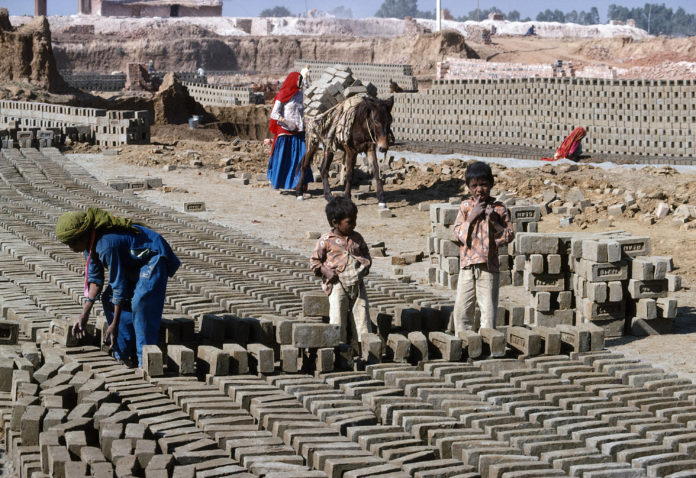For the first time in the history of the International Labour Organization (ILO), an international labour convention has been ratified by all 187 member states in the shortest possible time. Concerning the worst forms of child labor, ratification means that all children can now enjoy legal protection.
Since the creation of the International Labor Organization in 1919, child labor has been a central concern. Adopted 21 years ago by the International Labour Conference, ILO Convention 182 on the Worst Forms of Child Labour has now been universally ratified. The Organization's Director General, Guy Ryder, underlined the importance of the move, which "reflects a global commitment that the worst forms of child labor, such as slavery, sexual exploitation, the use of children in armed conflict or other hazardous or illicit work that undermines the health, morals and psychological well-being of children, have no place in our society."
152 million children concerned.
The ILO estimates that a total of 152 million children, 64 million girls and 88 million boys, are engaged in child labor worldwide. This represents around one tenth of all children worldwide. Almost half of them (73 million in absolute figures) are engaged in hazardous work that directly jeopardizes their health, safety and moral development. Seventy percent of all child labor is in the agricultural sector. This situation is essentially linked to poverty and their parents' difficulties in finding decent work.
Almost half of the children concerned, 72 million, live in Africa. This means that 19.6% of African children work. There are 62 million in the Asia-Pacific region (7.4%), 10.7 million in the Americas (5.3%), 1.1 million in the Arab States (2.9%) and 5.5 million in Europe and Central Asia (4.1%).
Convention 182
Convention 182 calls for the prohibition and elimination of the worst forms of child labor, including slavery, forced labor and trafficking in human beings. It prohibits the use of children in armed conflict, prostitution, pornography and illicit activities such as drug trafficking, and hazardous work. The incidence of child labor and its worst forms declined by almost 40% between 2000 and 2016 as ratification rates of Conventions 182 and 138 (on minimum age) increased and countries adopted effective laws and policies. In recent years, progress has been particularly marked in the youngest age group (5 to 11 years), which accounts for half of all child workers.
Effects of COVID-19
With the COVID-19 pandemic, there is a real risk that progress will be reversed. If appropriate measures are not taken, child labor could increase for the first time in 20 years. Operational in over 62 countries, the ILO's flagship program for the abolition of child labor, IPEC+, supports over a hundred countries on every continent. Business continuity plans are put in place to mitigate the threat of losing gains. IPEC+ is also seeking to allocate additional funds to support efforts to monitor the impact of the virus on child labor, forced labor and human trafficking, including school closures, business closures, unemployment, loss of community livelihoods and lack of social protection systems.
ODD
2021 will mark the United Nations International Year for the Elimination of Child Labor. This will be an opportunity to reinvigorate efforts to achieve target 8.7 of the Sustainable Development Goals (SDGs), adopted in 2015, aimed at ending all forms of child labor by 2025.


